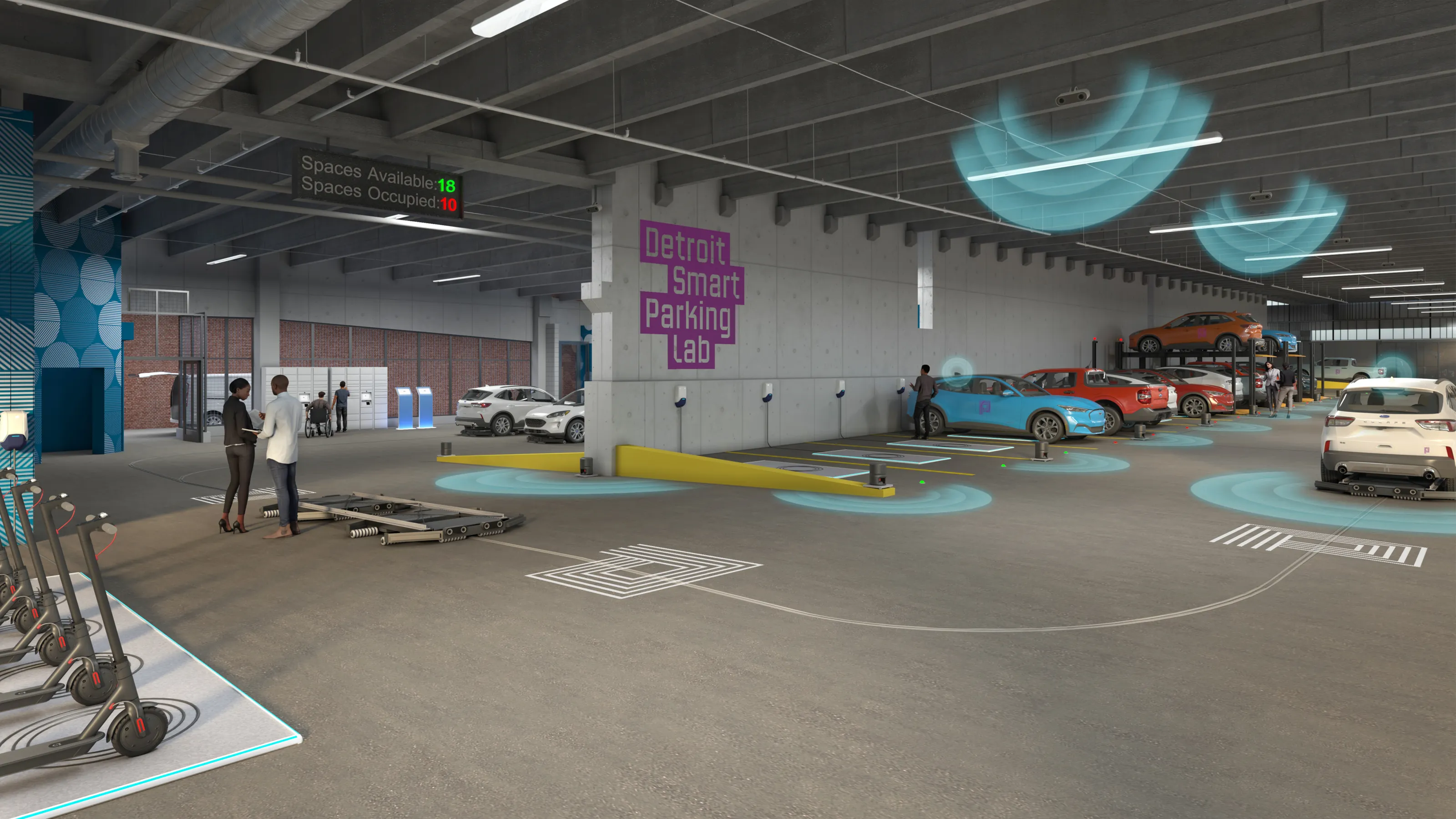However, the global market for autonomous vehicles is estimated to be 0.18 million units in 2025, and is projected to grow at a CAGR of 41.26 per cent per cent from 2025 to 2030, to reach 1.01 million units by 2030. The report says the growth of this market is fuelled by technological developments and need for safety and security concerns.
Adaptive front lights are estimated to account for the largest share in the global market for semi-autonomous vehicles, whereas radar technology is estimated to account for the largest share of the global market for autonomous vehicles. Park assist technology is one of the most helpful techniques that aids in parking in most the congested spaces.
Passenger cars are expected to constitute the largest share, in term of value, in the global market for semi-autonomous and autonomous vehicles. This can be attributed to the growing need for highly secured personal cars and government norms in the emerging economies. It has triggered the demand for semi-autonomous and autonomous vehicles, from consumer side. The demand is expected to increase in developing and developed countries such as the US, Germany, China, and Japan, where key car manufacturers are located.
Europe and North America are estimated to account for the largest share, in terms of volume, of the semi-autonomous and autonomous vehicles market in 2016. This has led to an increase in vehicle production volumes over the years, with OEMs catering not only to the domestic demand but to overseas demand as well.
Market for semi-autonomous vehicles to reach 7.84 million units by 2021, say researchers
The latest research published by MarketsandMarkets indicates that the global market for semi-autonomous vehicles is estimated to be 3.17 million units in 2016, and is projected to grow at a CAGR of 19.85 per cent from 2016 to 2021, to reach 7.84 million units by 2021. However, the global market for autonomous vehicles is estimated to be 0.18 million units in 2025, and is projected to grow at a CAGR of 41.26 per cent per cent from 2025 to 2030, to reach 1.01 million units by 2030. The report says the growth
May 11, 2017
Read time: 2 mins
The latest research published by 6418 MarketsandMarkets indicates that the global market for semi-autonomous vehicles is estimated to be 3.17 million units in 2016, and is projected to grow at a CAGR of 19.85 per cent from 2016 to 2021, to reach 7.84 million units by 2021.








